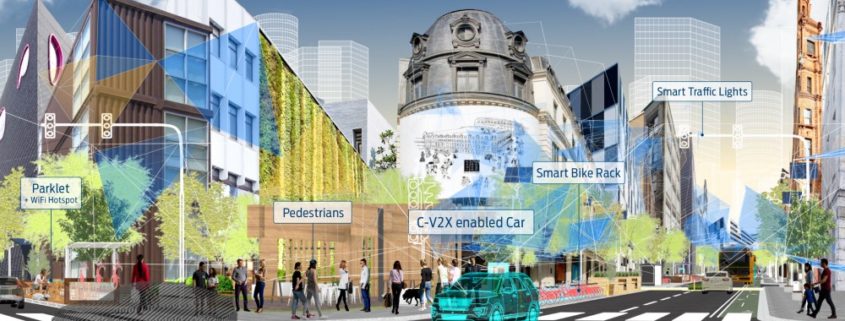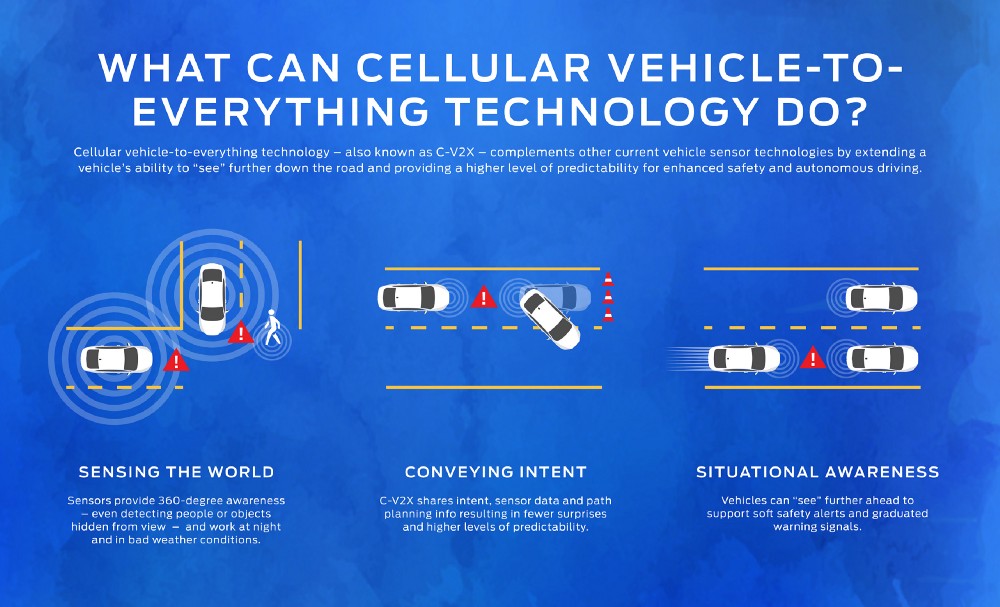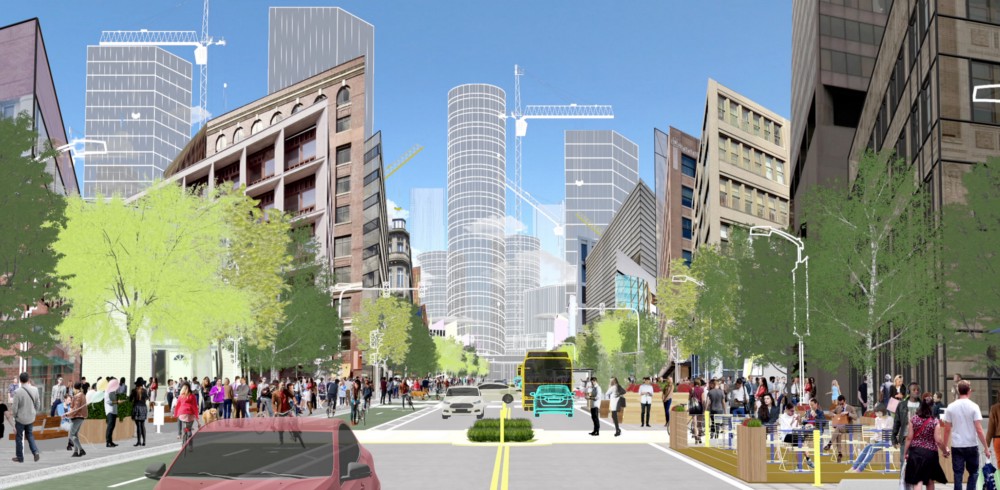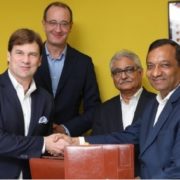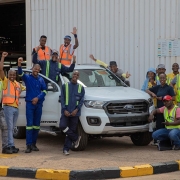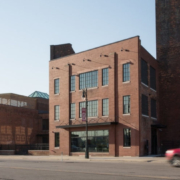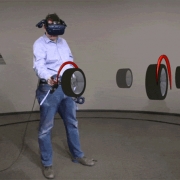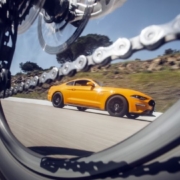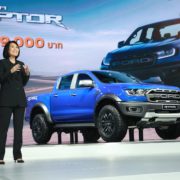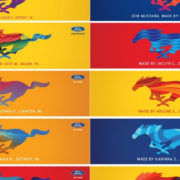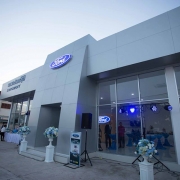Why Ford Motor Company is Working with Qualcomm to Ensure Everything in Cities Speaks the Same Language
January 15th, 2018 Michigan- Ever since Samuel Morse tapped out his first telegraph message in 1838, inventors have been drawn to the concept of connectivity. The discovery of radio waves, the telephone and, of course, the internet has only fueled our desire to stay connected in every possible way.
The automobile is part of the same evolution, giving people the freedom to go where opportunity beckons while remaining connected to friends and family. As technology advances, there are even more opportunities to improve the way we move, to make it safer and more efficient. For example, making our streets safer would be a lot easier if vehicles on the road could talk to each other, pedestrians, cyclists, and traffic lights.
This isn’t a radical idea. Already, Ford has 700,000 connected vehicles on the road. By next year, every new vehicle we make for the United States will be connected. This is a foundational step for our customers, for the introduction of innovative new services and for the city systems with which they will interact.
The question we are working to answer now is: What’s the best way to get these vehicles talking to each other ” and to everything else?
At Ford, we believe cellular vehicle-to-everything is the technology with the most potential to allow the cars and cities of the future to communicate quickly, safely and securely. Global adoption of C-V2X can deliver vehicles that help cities around the world create a safer environment where people can move more freely. And now we’re working closely with our friends at Qualcomm Technologies to validate this technology and explore its potential.
Essentially, C-V2X is a technology that enables various people and entities in a city to share information. Using some of the most advanced wireless technologies in the mobile ecosystem, it allows vehicles to communicate directly with other vehicles (V2V), pedestrian devices (V2P) and roadway infrastructure such as traffic signs or construction zones (V2I). These communications can take place with or without network assistance, coverage or a cellular subscription, which means important information can be conveyed reliably at critical moments.
For example, one vehicle could tell others trailing behind that it’s about to encounter an obstacle in the road, providing them more time to respond or the opportunity to change their route. A pedestrian equipped with a mobile phone could send signals to vehicles, highlighting their location for cars that may not have been able to detect a person there otherwise. Even stoplights could inform vehicles heading toward an intersection of an accident or emergency, while cell towers could receive information about potential barriers and relay that news to other vehicles.
Think of C-V2X as a cooperative safety technology, allowing vehicles, pedestrians and cyclists to collaborate in situations of distress. It’s a way for a vehicle to tap another on its shoulder and say, œHey, this is what I’m doing and it may be able to help you, too. Having additional information about what lies ahead is a great way to create context for drivers now, but it could be especially useful for self-driving cars that take to the streets within the next few years.
Of course, self-driving vehicles will deploy LiDAR, cameras and radar to understand the world around them, but information relayed through C-V2X would complement these sensors to help build a more comprehensive picture of the world that exists beyond the ranges of these technologies. C-V2X can also connect to the larger network to provide important information such as road condition data and real-time map updates.
Importantly, C-V2X has the most potential to do all of this and more because it has a credible path to the future. The cellular industry is already pouring billions of dollars a year into developing and deploying 5G, the next generation of cellular technology that will feature vehicle-to-everything capabilities evolved from C-V2X. Within the next few years, every stoplight and intersection could have a 5G or C-V2X communication unit ” allowing them to send signals with minimal interference. Since this infrastructure is already being developed and built, we should take advantage of it and equip our vehicles with technology that enables them to communicate both in the here and now, as well as a decade from now.
As these capabilities are based on advancements in cellular technology that adhere to today’s standards while also forming the basis for emerging 5G services, C-V2X-enabled vehicles will remain fully compatible with anything that leverages 5G to operate in the future. The technology allowing this functionality will be based on the same technology that will be in our mobile devices, as well as what cities are using to create smarter infrastructure. If we want to unlock the true potential of self-driving technology, vehicles will need to speak the same language as everything else and C-V2X holds the potential to enable that.
Once 5G service is widespread, it will create opportunity for further innovation with C-V2X. Imagine an autonomous vehicle that has detected an accident snapping a picture of the incident with its camera or LiDAR, and sending that image to the vehicles behind it. Those vehicles would be made aware of what’s wrong ahead and be able to more accurately understand what they need to prepare for. With 5G technology powering vehicle-to-vehicle communication, such large information transfer can occur quickly and reliably.
As cities around the world work to create a modern infrastructure enabling smart communication among multiple entities, we are looking to equip our vehicles with the right tools so they can be effectively integrated into these ecosystems. Working with Qualcomm Technologies to develop C-V2X not only supports our current slate of products and the systems being built to power us in the years to come, it gives us the flexibility to adapt and ensures we all remain connected as our future inches closer.

